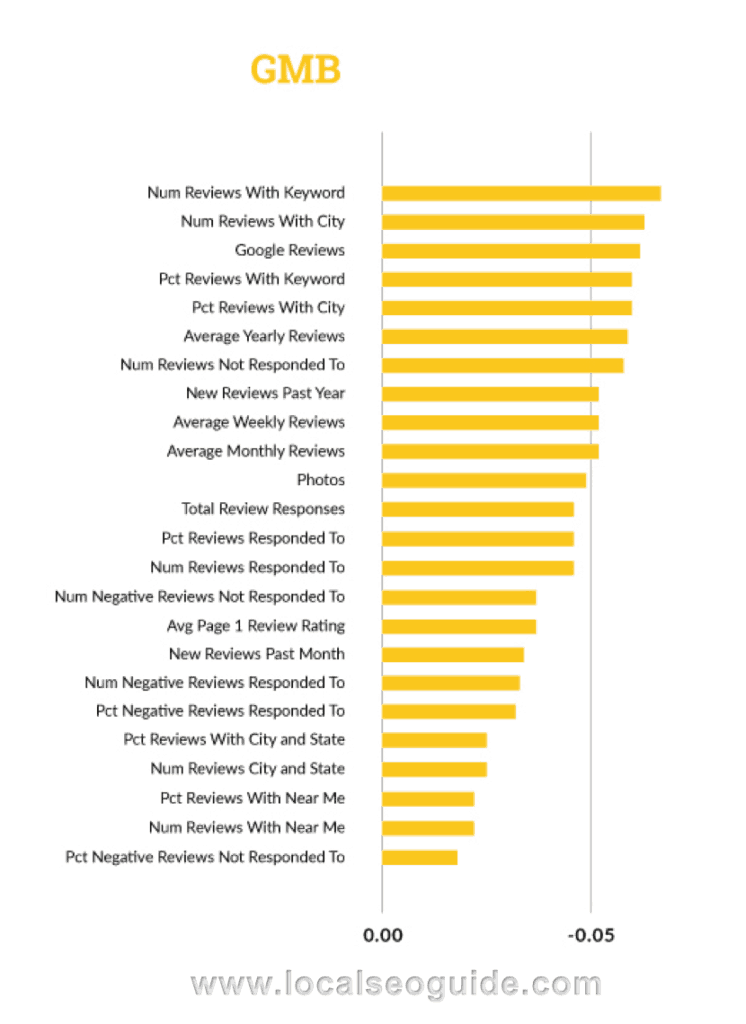The Content Marketing Weekly serves the insights marketers need to stay abreast of all things trending. This week we’ve teed up duplicate content concerns, ranking factors you may not have known about and how AI is penetrating the content creation market.
3 Case Studies of Duplicate Content Consolidation
Duplicate content is a bane to all marketers. And Google hates it, as it confuses its algorithms. To remedy this problem, using 301 redirects, “noindex” tags and canonical tags should do the trick. But the larger issue of having duplicate content in the first place still exists, which is why marketers inheriting poorly managed websites should take a close look at what their best plans of attack should be.
This article in Search Engine Land outlines how to spot duplicate or closely related pages, why they should be adjusted and how to do it.
For one, URLs that are very similar, or may have been slightly adjusted, to a primary page URL can mislead Google if the content on these pages is mostly the same. Due to nearly indistinguishable URL parameters, Google may interpret a given page as duplicate, but you can avoid this by removing any unnecessary parameters and employing canonical tags that reference the actual page that should be showing up in search.
Other useful cases to keep in mind are pages that are semantically similar (e.g., “food franchise” vs. “fast food franchise”) – avoiding these instances, especially for core keywords, is a must, as you need Google to interpret a single keyword matching to a single page on your site. Lastly, if you have pages that are exact copies of each other, choose the one that currently ranks better and set up a 301 redirect back to it.
Read more of the details here.
Top 17 Organic Ranking Factors [Study]
Knowing which ranking factors matter the most helps enormously. SEMrush recently published a study that found there are 17 “top” factors that are in play, most of which refer to on-page engagement.
via GIPHY
The full results of that study are available for download (here), and Search Engine Journal has a quick write-up on the context of these findings (here).
All told, the organic search ranking factors to be mindful of are:
- Direct website visits.
- Time on page.
- Pages per session.
- Bounce rate.
- Total referring domains.
- Total backlinks.
- Total referring IPs.
- Total followed backlinks.
- Content length.
- HTTPS. (read more on that here.)
- Total anchors.
- Keyword in anchor text.
- Keyword in body content.
- Keyword density.
- Keyword in title.
- Keyword in meta description.
- Video on page.
And there you have it.
Reviews are the Most Prominent Local SEO Ranking Factor in 2017
To illustrate the divergence of traditional SEO and local SEO, a new study from Local SEO Guide and expounded upon by Search Engine Journal noted reviews are of paramount importance for business listings.
In fact, reviews are the top ranking factor – both the number and the quality of them.
For companies listed on Google My Business, it’s possible to outperform ones general organic presence in local search. This means businesses that are regionally oriented or serve narrow markets should optimize their media properties to include as many positive reviews as possible. Better yet, if you can influence reviewers to leave comments that include a keyword you’re hoping to rank for, there’s a high correlation to those reviews boosting your ranking potential.

On the other side of the coin, links seem to have less of an importance compared to general organic ranking signals.
The direction is clear: If you have a new business or new site, targeting local search optimization first can have an outsized impact.
Content Creation Robots are Here [Examples]
We’ve touched upon artificial intelligence and its potential impact on content writing, and this article from Content Marketing Institute examines a similar point.
If #AI is primed to replace #content writing, how and when will it happen? Our insights: https://t.co/yfRroeAjZk
— Brafton (@Brafton) November 6, 2017
Just how much work can robots take off the hands of human writers?
Well, the answer currently boils down to what kind of work we’re talking about.
The biggest player in the AI content creation space is Narrative Science with its tool, Quill. In what would normally take several days or weeks to compile, Quill produces 10-15 page financial reports based on previously aggregated and structured data in just a few minutes. It can also adjust its tone and voice according to additional inputs by a user.
The Washington Post utilizes Heliograf, a tool that churns out basic news stories and tweets. It’s clear that the proliferation of automated writing platforms will rise, but what isn’t clear is when AI will make the leap toward creating truly innovative, authentic content that is more commonly required in today’s marketing.
Yes, research, compilation and re-reporting applications are vital to many businesses (typically news organizations), but for the average marketer, these capabilities only go so far. The core of inbound marketing and rankable content still lies in the keyboard of a highly qualified writer.
Check out more commentary while you’re at it.
We hate to end on world-dominating robots, but it’s Friday and we’re thirsty.
See you next week.




